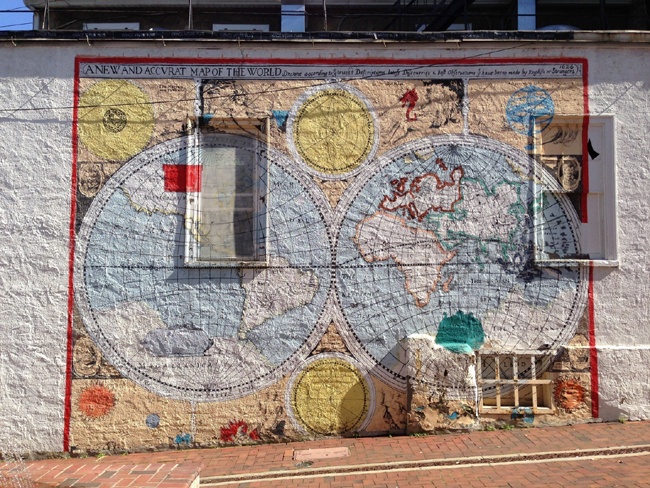Part V. The Maps We Live In
Information Architectures for Places and People
FOR THE REMAINDER OF THE BOOK, the main focus will be about how we use information to create architecturesâenvironmental structures that shape the experience of âplace.â Prior chapters provided many examples of close-focus structures at the level of interaction; now, we will adjust our âzoom levelâ to be from a higher altitude, as we see how all those objects participate in systems of meaning. Like the natural environment, there are no places without objects, and objects ultimately define the moment-to-moment experience of place. But the overall coherence of the system brings architectural challenges to our work.

Information architecture is a discipline and practice well suited for attending to these challenges. It has been working with them in one way or another for decades. Early on, information architecture started as a way to make complex information about the world and its places understandable. Over the years, it has grown to also be a way to use information for creating places in the world itself. The framing device for understanding how semantic information forms environments will be âmaps.â But these are not just representational mapsâthey are maps we inhabit together. ...
Get Understanding Context now with the O’Reilly learning platform.
O’Reilly members experience books, live events, courses curated by job role, and more from O’Reilly and nearly 200 top publishers.

